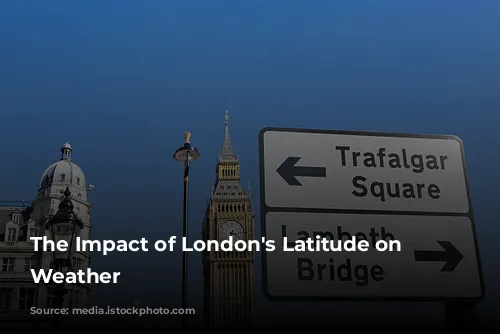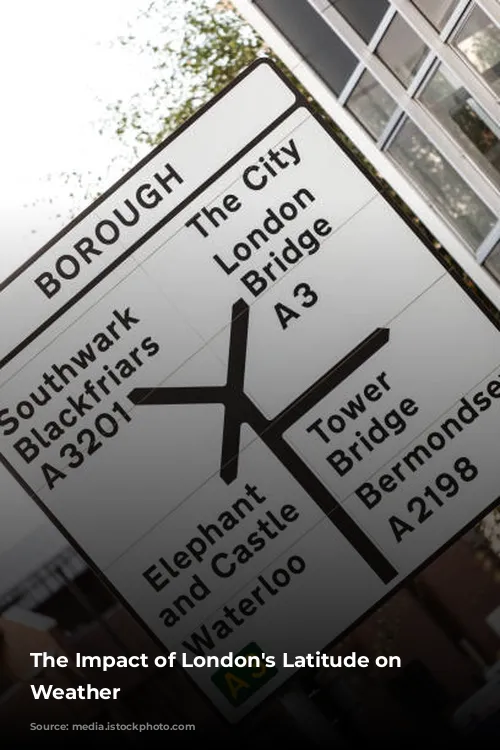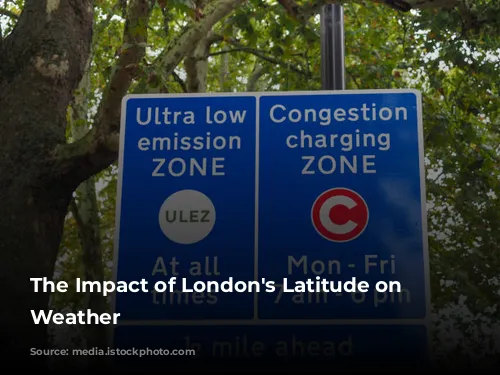The latitude of London – 51°30’ North – significantly influences its weather. Imagine the stark contrast between a crisp, sunny morning in California and a gloomy London day where the sun barely peeks over the horizon until late morning. This is the reality for Londoners, especially during the winter months. As the clocks turn back in October, the days become noticeably shorter, ushering in the arrival of winter. By December, the sun rises around 8 am and sets before 4 pm, leaving Londoners to navigate the city in the dark. This stark change from the longer days of summer can be quite a culture shock for those accustomed to sun-drenched climates.
Summer in London: Long Days, Early Sunrises
As the seasons change, the long days of summer in London can be just as challenging. The sun starts to rise as early as 4 am, with birds chirping even earlier. It’s a struggle to get a good night’s sleep when the sun is beaming into your bedroom at 5 am. The late sunsets can also make it difficult to get children to bed, especially with the sun still shining brightly at 9:20 pm in June. While enjoying the sunshine is great, everyone needs their precious sleep. Many Londoners combat the early morning sun with blackout curtains, a lifesaver that also provides extra thermal insulation during the winter months.

A Surprisingly Temperate Climate
Despite its northern location, London experiences a temperate climate, thanks to the Gulf Stream. This warm current carries water from the Caribbean to Western Europe, making the climate milder than expected. As a result, London rarely experiences extreme temperatures—neither the biting cold of winter nor the stifling heat of summer. The average January day hovers around 8°C (46°F), while the average July high is a comfortable 22°C (73°F). While the temperature can occasionally soar above 25°C (77°F) or even reach 30°C (86°F) in the summer, these are short-lived events. Conversely, winter temperatures can dip below freezing, but most London homes are equipped with heating systems to keep residents warm.

Embracing the Rain
One of the most prominent features of London weather is its rain, which seems to be a constant companion throughout the year. While the average rainfall is not exceptionally high (around 23 inches/58 centimeters a year), drizzle often graces the city. The easiest solution is to carry a small umbrella or a waterproof jacket—a London essential. While occasional thunderstorms bring heavy rain, the majority of the precipitation is light and gentle.

The Uncommon Sight of Snow in London
To the dismay of London’s children, snow is a rare sight in the city. The abundance of heat generated by buildings and cars prevents the temperature from dropping low enough for snow to fall and settle. London is typically a few degrees warmer than the surrounding countryside. However, when snow does grace London, it brings the city to a standstill, creating chaos and disruption. Public transportation, including the Underground and trains, can be significantly affected by freezing weather and snow. The Underground, despite its name, is not entirely underground; many lines run aboveground, making them vulnerable to snow and ice.
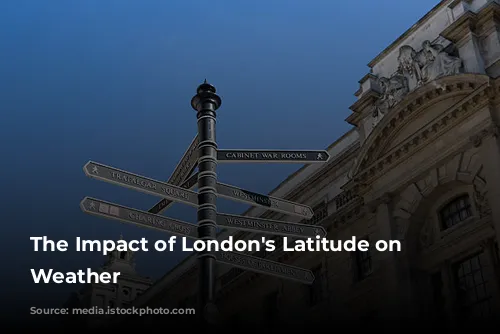
Snow-Related Traffic Disruptions
Snow can also wreak havoc on London’s train services, with ice on the tracks causing delays and cancellations. However, it’s the traffic that suffers the most during snowy days. Even a small amount of snow can cause major disruption to London’s roads. The situation is compounded by the fact that many London drivers are unaccustomed to driving in snowy conditions, leading to misjudgments and potentially disastrous consequences.
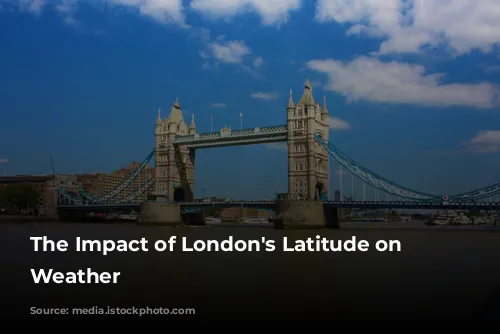
Navigating the Snow-Covered City: A Personal Tale
One memorable experience highlights the impact of snow on London’s roads. A few years ago, I found myself trying to leave a shopping mall in North London during a light snowfall. Initially, the snow was falling softly, but within an hour, it had accumulated to an inch or two. Two inches might be a negligible amount in snow-prone regions, but in London, it can cause major gridlock. That evening, it took me over two hours to escape the mall’s parking lot. The snow had fallen quickly, and the local authorities hadn’t had time to grit the roads with sand and salt. The situation was further complicated by the mall’s entrance and exit being located on a slight hill. Car after car struggled to climb the incline in the snowy conditions. The combination of unseasoned drivers and icy roads created a nightmare of accidents and standstill traffic. I later learned that some people were stuck in the mall overnight, unable to leave. It’s a stark reminder that when snow hits London, the city grinds to a halt until it thaws.

Climate Change: A Potential Threat to London’s Weather
It’s worth noting that Britain’s usual weather patterns may be shifting. After a long stretch of mild winters, the past few years have seen colder temperatures and wetter conditions. This increase in extreme weather could be a result of long-term weather cycles or a sign of climate change. If climate change is impacting Britain, London will need to adapt and prepare for the challenges posed by wet and snowy weather.

London’s Summers: A Pleasant Warmth
On the other end of the spectrum, London rarely experiences sweltering summers. The best we can hope for is a few days with temperatures in the low 80s (Fahrenheit), making the city pleasantly warm. Everyone enjoys the sunshine by heading to the parks. One thing to keep in mind is that most London homes are not equipped for long hot summers. Air conditioning is rarely a necessity, and you are unlikely to find it in homes. I can recall only one unbearably hot summer in my two decades in London—the summer of 2003. Otherwise, there are occasional spells of hot weather, typically lasting a week or two. For the most part, London’s summers tend to be damp affairs, as any Wimbledon tennis fan can attest.

A City With Diverse and Challenging Weather
London’s weather is a captivating blend of mild temperatures, persistent rain, and the occasional snow. Its latitude significantly impacts the length of days and the arrival of winter. While the city is blessed with a temperate climate, it’s important to be prepared for the challenges posed by rain, snow, and even occasional heat. With proper planning and a little patience, London’s weather can be enjoyed by everyone, regardless of the season.


